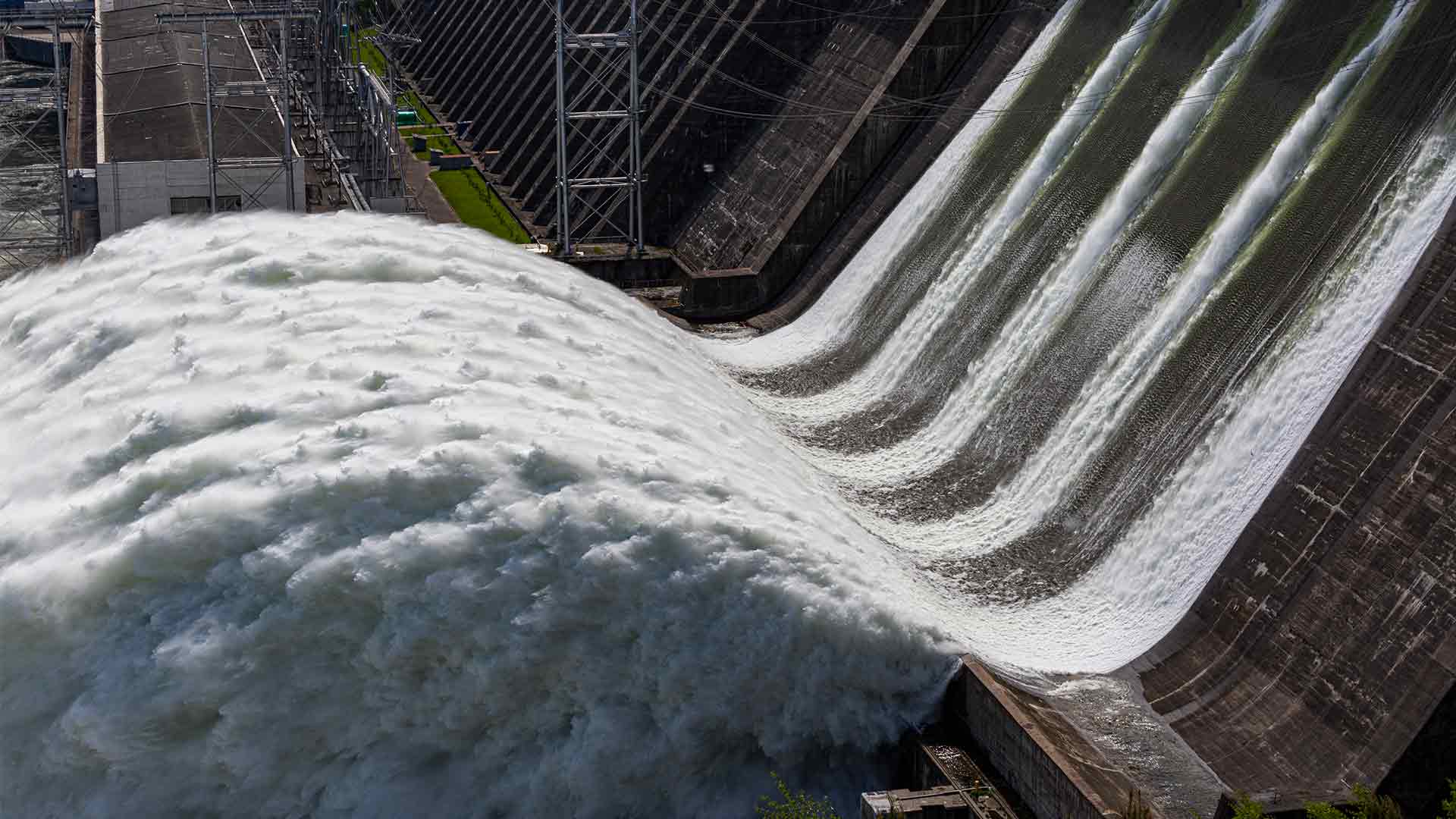Boron and Hydropower
Boron and hydropower: Researchers are studying an alternative form of hydropower using osmosis where power generation is significantly enhanced using membranes made from boron nitride nanotubes.

Boron and Hydropower
Green Energy, Boron and Hydropower
Green energy initiatives are underway to harness power from seawater in the quest for higher zero-carbon targets to be met worldwide. Decarbonization has been a goal for quite some time, and it seems that governments will finally agree on stricter regulations in 2022 to make it possible to achieve target objectives by 2050.
Boron already makes renewable energy possible because of its efficient management of solar power, wind turbines, and, potentially, for hydrogen fuel cells. It is also providing results for the power sector via a water purification and natural gas extraction.
Hydropower
Hydropower, where water is harnessed to provide energy, has been in use for over 2,000 years. Today, over 17 per cent of energy comes from hydropower. Hydropower is a sustainable and an abundant resource. Notable projects over the years include the Hoover Dam and large dams and reservoirs are found everywhere around the world. However, these unsightly large concrete constructions have a number of negative environmental effects which are being called into question.
Now, an alternative approach to hydropower generation is being studied which harnesses osmotic energy. This method is known as reverse electrodialysis. Research has been underway for many years into this field but commercialisation has not been possible given high costs and low efficiency to date
Osmosis
Pattle’s discovery of the lost osmotic pressure in rivers, published in 2001, describes in detail this source of power. It was only in the mid-seventies that Loeb developed practical methods using selectively permeable membranes, which create electricity. Norway is leading the way testing the technology but the vast amount of power loss and the high cost of membranes has hindered the growth of this ground-breaking technology.
The osmotic power of seawater and river water is the energy available from different salt concentrations. There are two methods for generating osmotic power: Reverse electrodialysis pressure retarded osmosis (PRO), a process that relies on membranes that can be damaged by high pressures or temperature; another technique uses natural flows like those between freshwater rivers entering onto oceans containing salts naturally present within seawater.
Boron, Osmosis and Power Generation
New boron-based nanomembranes have been found to be capable of generating voltage effectively when an electrolyte solution flows through narrow channels driven by a pressure gradient.
Siria et al. reported membranes made of boron nitride nanotubes that can produce power with a density of several kilowatts per square metre1; and Feng et al. reported a power density as high as 103 kW m−2 when using MoS2 nanomembranes.
A nanofluidic device made of a boron nitride nanotube was constructed to pierce an ultrathin membrane and connect two fluid reservoirs. Using this device, researchers observed large, osmotically induced electric currents generated by salinity gradients, exceeding by two orders of magnitude their pressure-driven counterpart. This was due to a high surface charge carried by the nanotube’s internal surface in water at large pH.
Towards Commercialisation
While research is promising, the biggest challenge to commercialisation is the quality and the cost of the membranes needed to harness the true potential of osmotic energy. Once this is solved, we can move on to complete our goal of decarbonization and simultaneously fulfil all of our energy needs.
With the help of osmotic energy, we can potentially achieve our goal of producing zero-carbon energy in the next few decades to envision a future where fossil fuels will ultimately be a thing of the past and all our appliances and machinery will operate on clean energy sources.
However, the world has a few daunting challenges to resolve to accomplish this goal. Not only do authorities need to invest more into the research and development of such technologies, but they also need to think about the resources like rare earth metals and how they’ll be able to secure large enough reserves for their countries in the coming years.
Note on Hydropower Osmotic Energy
In physics, osmosis is the diffusion of a solvent through a semipermeable membrane. The process can generate electricity using an electrolyte solution as both sources and sink for ions in a cell with two chambers separated by a semipermeable membrane. Osmotic pressure is caused when water moves from one side of the membrane into another. This movement creates a difference between the concentrations on either side of the membrane that drives ionic current across it.





